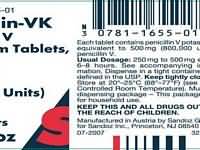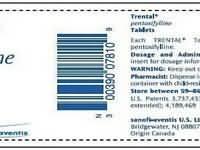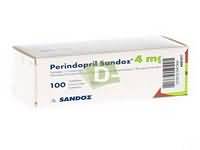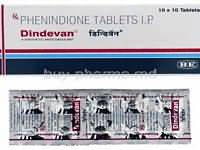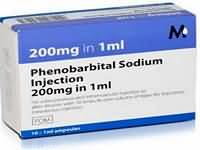Tiagabine

CLINICAL USE
Anti-epileptic agent
DOSE IN NORMAL RENAL FUNCTION
15–45 mg daily in 3 divided doses if dose >30 mg
PHARMACOKINETICS
Molecular weight : 412 %Protein binding : 96 %Excreted unchanged in urine : <2 Volume of distribution (L/kg) : 1 half-life – normal/ESRD (hrs) : 7–9 (2–3 in patients on enzyme inducing drugs) DOSE IN RENAL IMPAIRMENT
GFR (mL/MIN)
20 to 50 : Dose as in normal renal function 10 to 20 : Dose as in normal renal function <10 : Dose as in normal renal function DOSE IN PATIENTS UNDERGOING RENAL REPLACEMENT THERAPIES
CAPD : Unknown dialysability. Dose as in normal renal function HD : Not dialysed. Dose as in normal renal function HDF/high flux : Unknown dialysability. Dose as in normal renal function CAV/VVHD : Unknown dialysability. Dose as in normal renal function IMPORTANT DRUG INTERACTIONS
Potentially hazardous interactions with other drugs Antidepressants: antagonism of anticonvulsant effect (convulsive threshold lowered) Anti-epileptics: concentration reduced by phenytoin, carbamazepine, phenobarbital and primidone Antimalarials: mefloquine antagonises anticonvulsant effect; chloroquine and hydroxychloroquine occasionally reduce convulsive threshold ADMINISTRATION
Reconstition
– Route
Oral Rate of Administration
– Comments
– OTHER INFORMATION
Although there is no evidence of withdrawal seizures, it is recommended to taper off treatment over a period of 2–3 weeks .
See how to identify renal failure stages according to GFR calculation
See how to diagnose irreversible renal disease
Home

